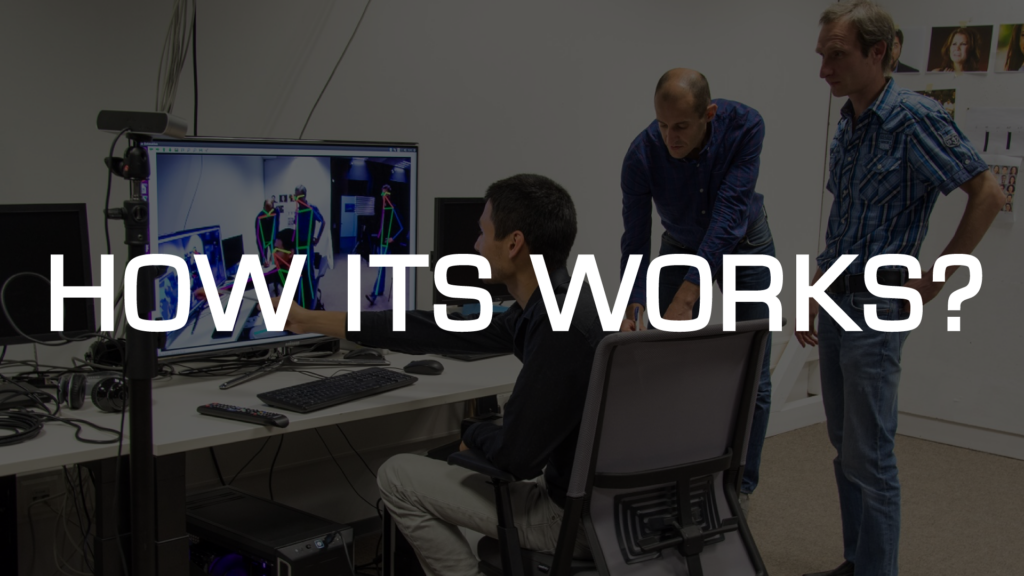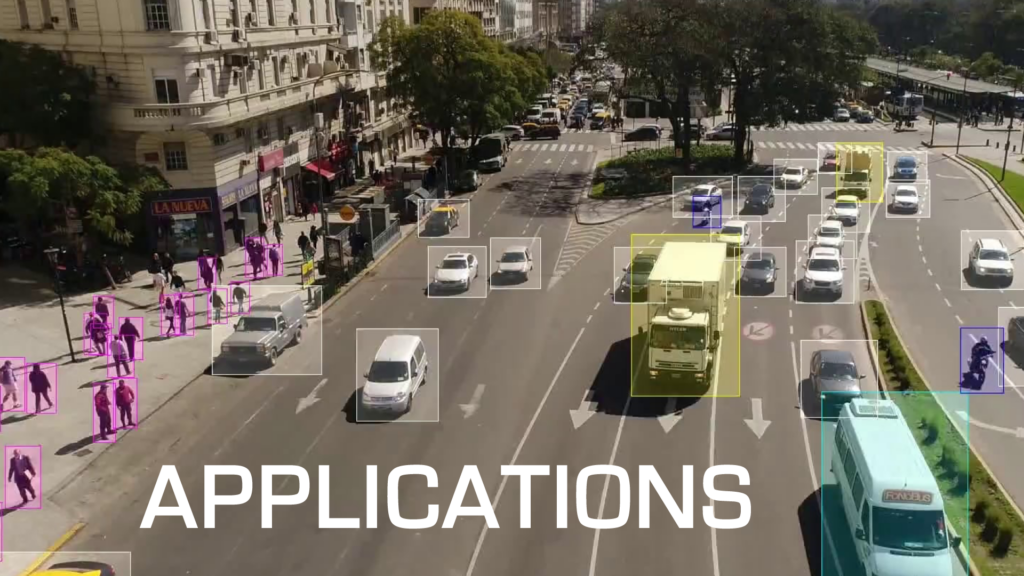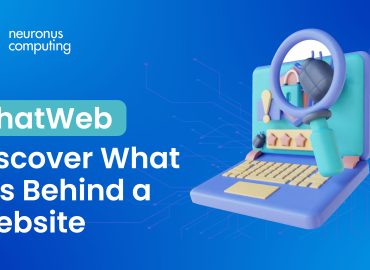Virtual reality and workforce collaboration
What is computer vision?
Computer vision is a modern technology that processes visual information from given data. enabled by artificial intelligence This data can be in any form, from images, videos, audio, etc. The idea behind computer vision is to mimic human vision and be able to differentiate objects with equal human capacity. Powered by algorithms, computer vision can analyse large amounts of data in a fraction of time. This intricate system would include the deployment of machine learning (ML) and a convolutional neural network (CNN). Machine learning will learn the data processing technique by itself after the initial input of data. Whereas convolutional neural networks will break down data pixel by pixel and then make a final decision.
Following is a detailed description of the key components, applications and benefits of computer vision.

How does it work?
Computer vision works with an intersectional approach, including artificial intelligence, neural networking, computer science, and mathematics. There are many tools and models that industries can incorporate into their systems if computer vision is not within their budget. Several cloud-edge devices require no complex coding or expertise, hence being economical.
Following are a few of the features deployed in computer vision to provide an idea of its functioning:
A. Image identification
This step involves identifying the data or images and putting them into relevant categories. This initial step classifies data and separates them according to their subsequent features
B. Object recognition
This step includes detecting certain objects or images according to their category. Once the groups are set, images can be easily put into classes based on the description. Hence, similar objects with matching features will be in the same place
C. Object tracking
Up to this step, the algorithms are trained enough to carry out complex analyses based on the database. It is a more mature and accurate tracking of objects and makes precise detection. Images can be pinpointed in a video or a minutely pixeled image, giving exact results
D. Image retrieval
Images, objects, or data can be retrieved from large amounts of data. The content-based recognition is capable enough to make multiple decisions and analyze images on a larger scale.

Applications of computer vision
Computer vision is the latest technology with improved features, bringing immense relief to businesses. Many industries have traditionally used computer vision for image detection but the recent deployment of artificial intelligence has made it more efficient. Some of the practical applications of computer vision are as follows:
A. Facial recognition
The image recognition algorithm detects human faces based on the data fed into the system. For example, smartphones and other digital devices have facial recognition software to unlock the device. Moreover, high-security places have facial recognition to identify their employees and high-profile guests.
B. Healthcare
Computer vision is extremely beneficial in patient care and disease detection. Machine learning makes it easy to detect any anomalies in opposition to normal functioning. Many medical scans can provide an accurate analysis using computer vision technology.
C. Google
Google incorporates computer vision and has made data searching quite easier. For example, Google Translate can capture images and translate the message into another language. This has brought immense relief for foreign travellers and language speakers. Also, Google search images can be fed with any image and provide a quick result.
Benefits of computer vision
Computer vision provides numerous benefits and has incentives for varied industries. Some of the advantages of computer vision are as follows:- Computer vision adds accuracy and efficiency to image and data detection.
- Computer vision is a cost-saving and cost-effective technology.
- Computer vision enhances security and surveillance for industries.
- Computer vision can also increase the customer experience by helping them make better choices.
Conclusion
Computer vision has been in trend for some decades and its modern features have enhanced its importance. It has potential and can reform the traditional methods of conducting business. It provides leverage for industries, enhancing their productivity and creativity. An important aspect is its scalability and cost-effectiveness, which provide an advantageous edge to industries. Hence, computer vision will lead to more development and advancement in the field of IT, shaping the future for good.







